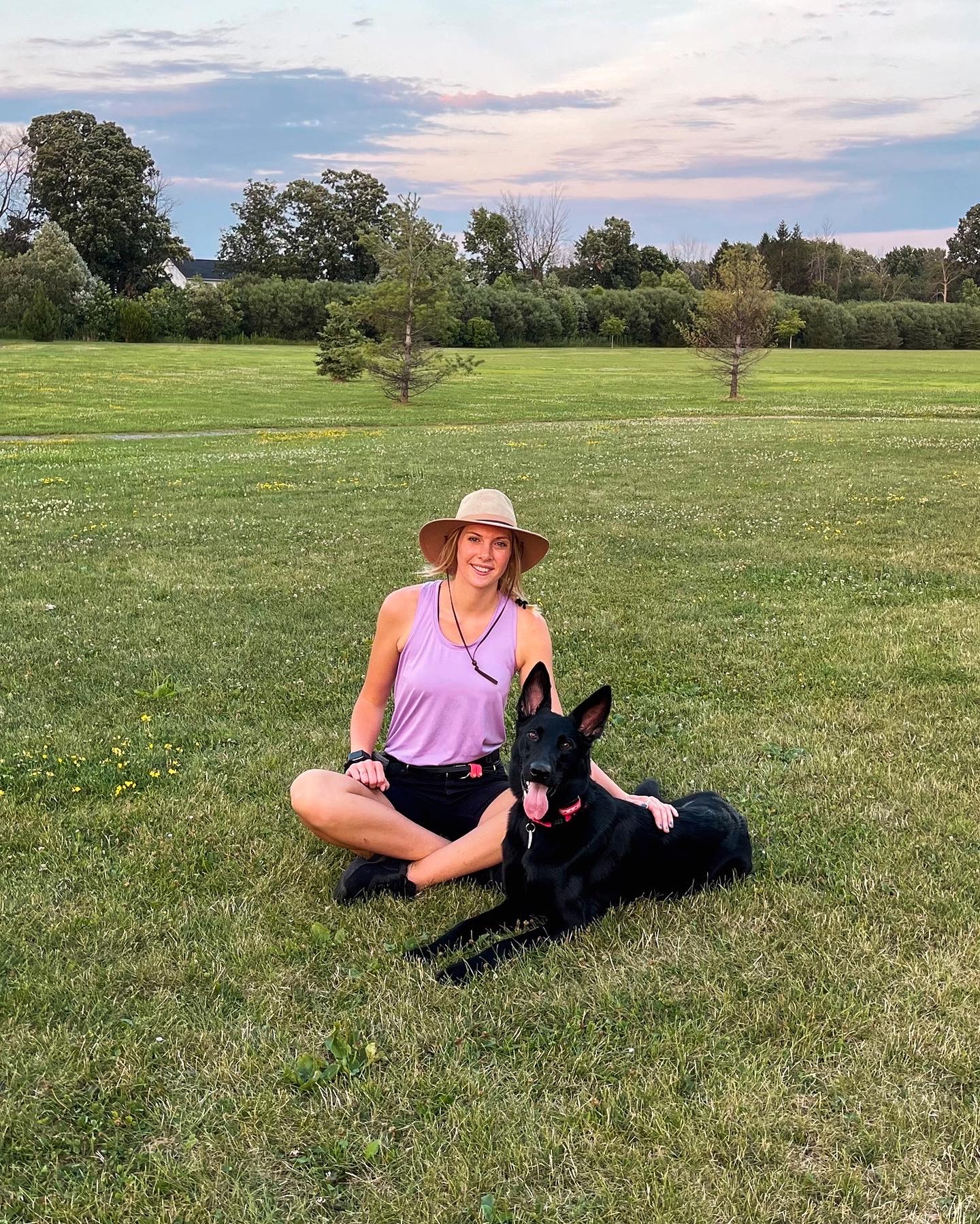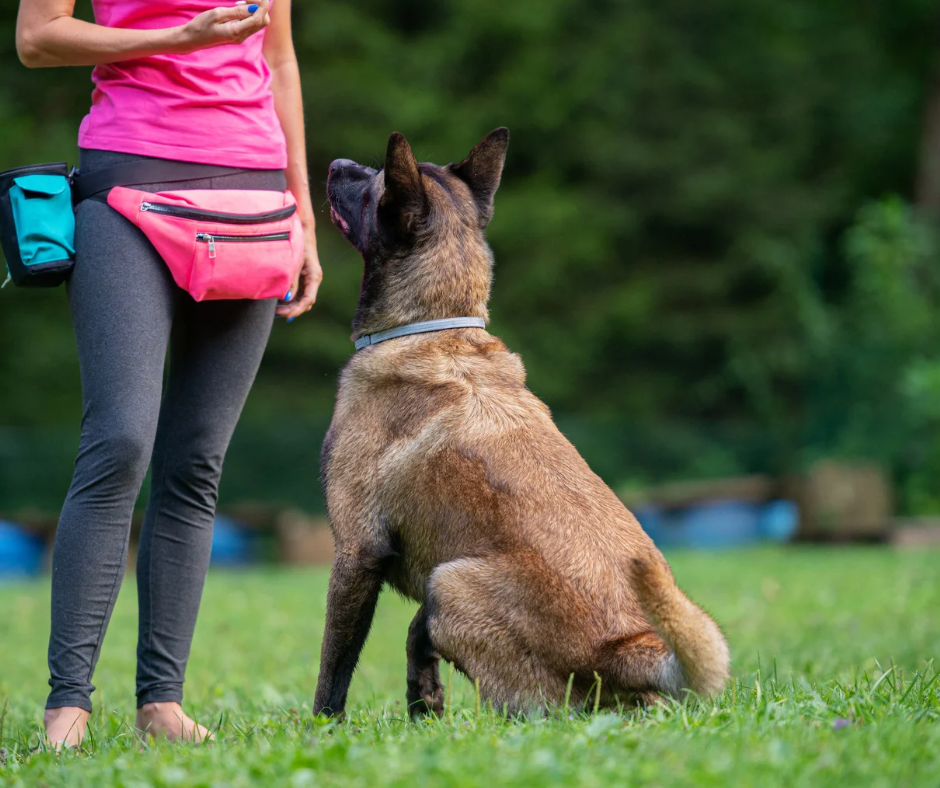Types of Dog Trainers: Which Approach Is Best for Your Dog?
- Bailee Smalt

- Jul 23
- 3 min read

When it comes to dog training, there’s no “one-size-fits-all” method. The world of training is filled with different philosophies — the most common being all-positive (force-free), balanced, and compulsion-based training. While each approach has its place, extremes are rarely effective. The best results often come from a balanced approach, where we guide the dog with structure and rewards, similar to how we raise and teach children.
1. All-Positive Trainers (Force-Free)
All-positive trainers use only rewards — treats, toys, or praise — to teach behaviors. Their philosophy is to ignore unwanted behaviors, assuming they’ll naturally fade if they aren’t rewarded.
Pros:
• Excellent for teaching new commands or behaviors like “sit” or “stay.”
• Encourages a positive relationship with the dog.
Cons:
• Unwanted behaviors like jumping, barking, or pulling often continue because ignoring them doesn’t teach the dog that they’re wrong.
• Lacks clear boundaries, which can leave some dogs feeling confused or overstimulated.
The “Science-Based” Claim — Why It’s Misleading
Many all-positive trainers claim their method is the only “science-based” approach. While positive reinforcement is backed by science, so are corrections and the concept of negative reinforcement.
• Science supports all four quadrants of operant conditioning: positive reinforcement, negative reinforcement, positive punishment, and negative punishment.
• Completely ignoring half of these tools is not science-based — it’s selective.
• Dogs learn best through clear communication, structure, and balanced consequences, which is why balanced training aligns better with proven behavioral science.
2. Compulsion-Based Trainers
This style relies almost entirely on corrections or punishment to stop bad behavior.
Pros:
• Can stop dangerous behaviors quickly if done correctly.
Cons:
• Dogs may learn what not to do but don’t learn what they should do instead.
• Overuse of punishment can create stress, fear, or distrust between the dog and handler.
3. Balanced Trainers (The Middle Ground)
Balanced trainers combine positive reinforcement with fair, well-timed corrections when needed. For example, a dog might receive a gentle correction for pulling on the leash but is rewarded for walking calmly.
Why It Works:
• Dogs, like kids, need both boundaries and encouragement. We don’t let a child touch a hot stove without saying “No,” but we also guide them to safe behavior and praise them when they do it right.
• Balanced training gives clear communication: “This is what you shouldn’t do, but here’s what we expect you to do instead.”
The Role of Consequences
Every behavior — good or bad — has a consequence. This doesn’t mean harsh punishment. It means clear, consistent feedback:
• If your dog jumps on guests, a fair correction (such as a firm “off” or leash pop) shows them what not to do.
• Immediately following up by teaching an alternate behavior, like sitting for greetings, shows them what’s expected.
Why Emotions Don’t Belong in Training
Dog training often fails when owners bring too much emotion into the process. Feeling guilty about a correction or frustrated when a dog doesn’t respond creates inconsistent messages.
• Dogs don’t view fair corrections as “mean.” They see them as clear communication — as long as they’re calm, consistent, and paired with positive reinforcement.
The Importance of Positive Reinforcement
Positive reinforcement is the best tool for teaching new behaviors. However, it’s not a solution for everything.
• If an unwanted behavior isn’t addressed, it will likely continue.
• Dogs need to know both what we want and what we don’t want.
Why Willow Creek Dog Training Chooses Balance
At Willow Creek Dog Training, we believe in meeting you and your dog where you are. We are not an “our way or the highway” type of trainer. Instead, we collaborate with you, tailoring a plan that fits your comfort level and your dog’s needs.
With 20+ years of experience, we know how to blend proven techniques with modern approaches. We use balanced training because it’s the most effective, humane, and fair method to teach both boundaries and good behavior.
Our goal is simple: to build trust, communication, and confidence — not just quick fixes. We’ll guide you step by step, teaching you how to use positive reinforcement and fair corrections so your dog truly understands what’s expected.

Comments